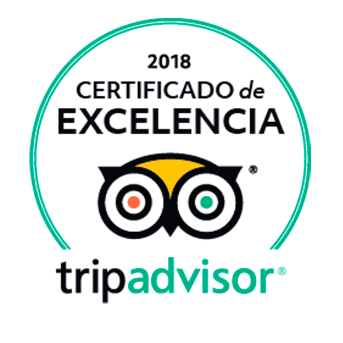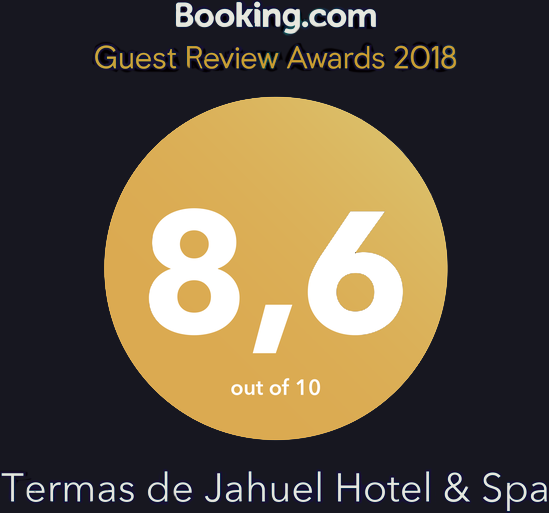Primitively called Jahuel baths, the hot springs belonged to the Guilisasti Family of Santa María. In 1875 Don Manuel Robles, who already had experience in hospitality, leased the sector where the springs sprout. In this place they received passengers with carriages, coachmen and rides, according to the customs of the time. The excursions promised an idyllic place, with a privileged climate, full of quillayes, maitenes and carob trees from which sprouted crystalline water springs forming generous pools to bathe. Although the accommodation was in a tent or in rudimentary constructions, the preparation of food was of quality and the careful attention of young men with their classic attire made it a distinguished experience.
JAHUEL BATHS
THE FOUNDATIONS
The Guilisasti family, in 1890, sold part of the Jahuel Baths to the firm Délano Weinstein, who in turn transferred to the English firm Weir Scott. This allowed investing and carrying out a successive execution of pavilions with anOregon pine structure, a clear influence of English architecture. Besidethese buildings, the environment was builtparks and gardens, outdoor games and trails to the main attractions. At the end of the 19th century Jahuel became an elegant Spa Hotel, with a strict dress code, which imposed a continuous change of costume for the guests according to the occasions of the day, being most ofthem English, Germans, Israelites and French coming mainly from Valparaiso.
THE BOTTLER JAHUEL
Parallel to the expansions and new constructions of the Hotel, the company was developing the commercialization of its bottled water, becoming one of the most consumed in the country at that time. The Jahuel Bottling plant, which was initially in the swimming pool sector, was moved in 1917 to the nearby Fundo Jahuelito but it caught fire completely in 1953. Today the Bottling plant has managed to reinvent itself and become a premium water and the only thermal water-mineral, being awardedfour times as the best water in Chile. The hot springs are a great source of minerals with healing properties since they were exposed to high temperatures and pressures inside the earth.
JAHUEL AND THE COMMUNITY
The bottling plant and the Jahuel Hotel have for many years been an important source of work for nearby towns such as Santa Filomena, Jahuelito and Tabolango, where most of the staff came from traditionally. And so was the custom, in that for more than a century jobs were transferred from parents to children and grandchildren as if they were hereditary. The local commerce also benefited, since the passengers, when returning from their vacations, were supplied with the products that the Valley offered them. Goat cheese, olives, fruits, olive oil, quillay crusts for washing hair and kneaded bread with bread flour were just some of the products that locals offered to vacationers.
TO THE 21ST CENTURY
Since1940, new construction plans were developed, incorporating large rooms for events, seminars,and business meetings. After its closure in 2000, the hotel passed into the hands of its current owners, Don Joaquín Barros,and Doña Marcia Gundelach, who after a million-dollar investment, began a reconstruction of more than 7 years to finally reopen their doors to a new generation of customers.
With a privileged weather, gardens like an “Eternal Spring”, hot springs that deliver a “source of vitality”, the privilege of illustrious visits like most of the presidents of the Republic from the XX Century and a tradition in quality and service is that Jahuel Hot Springs is raised towards the future:For a new century of history.




